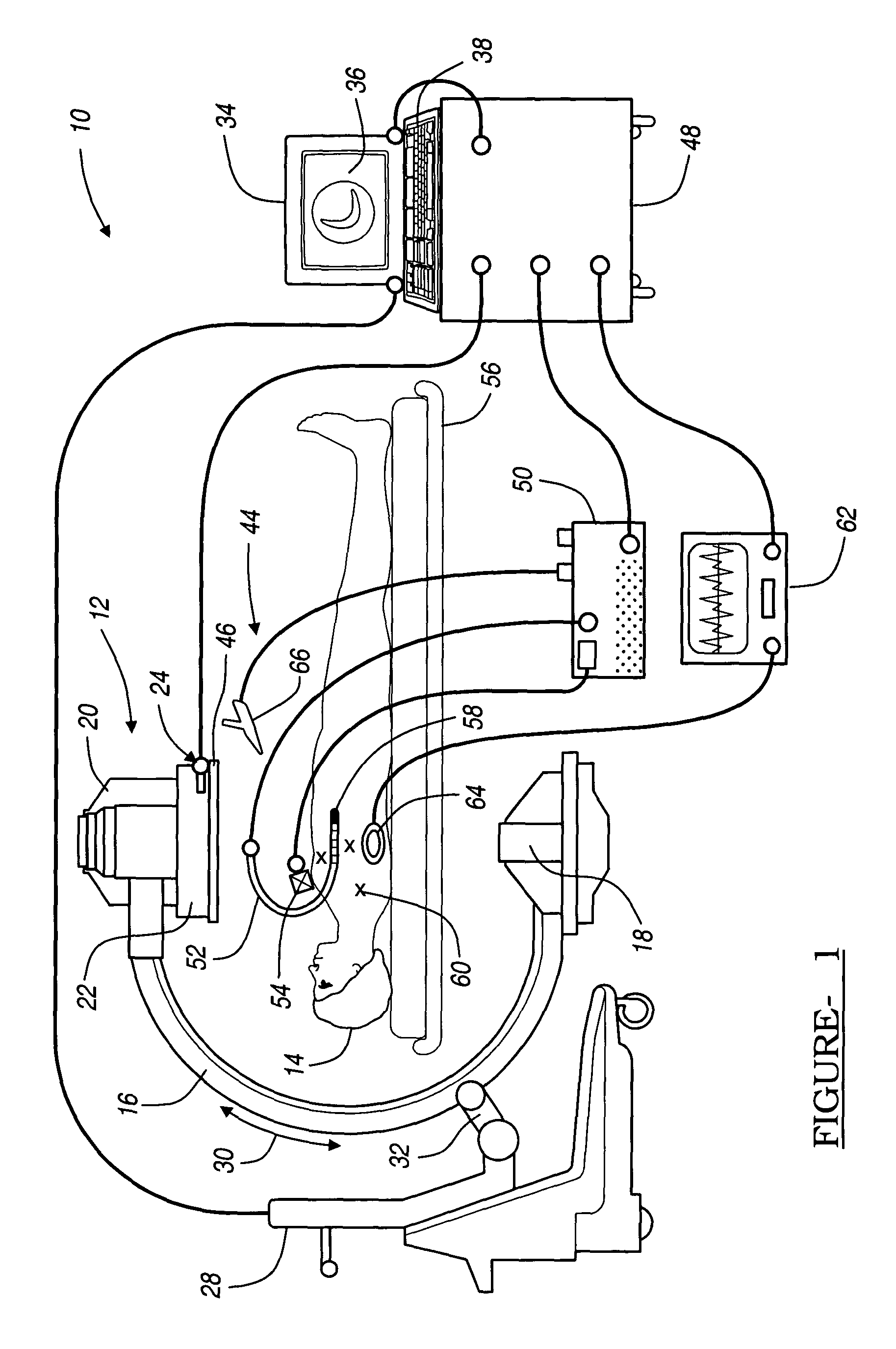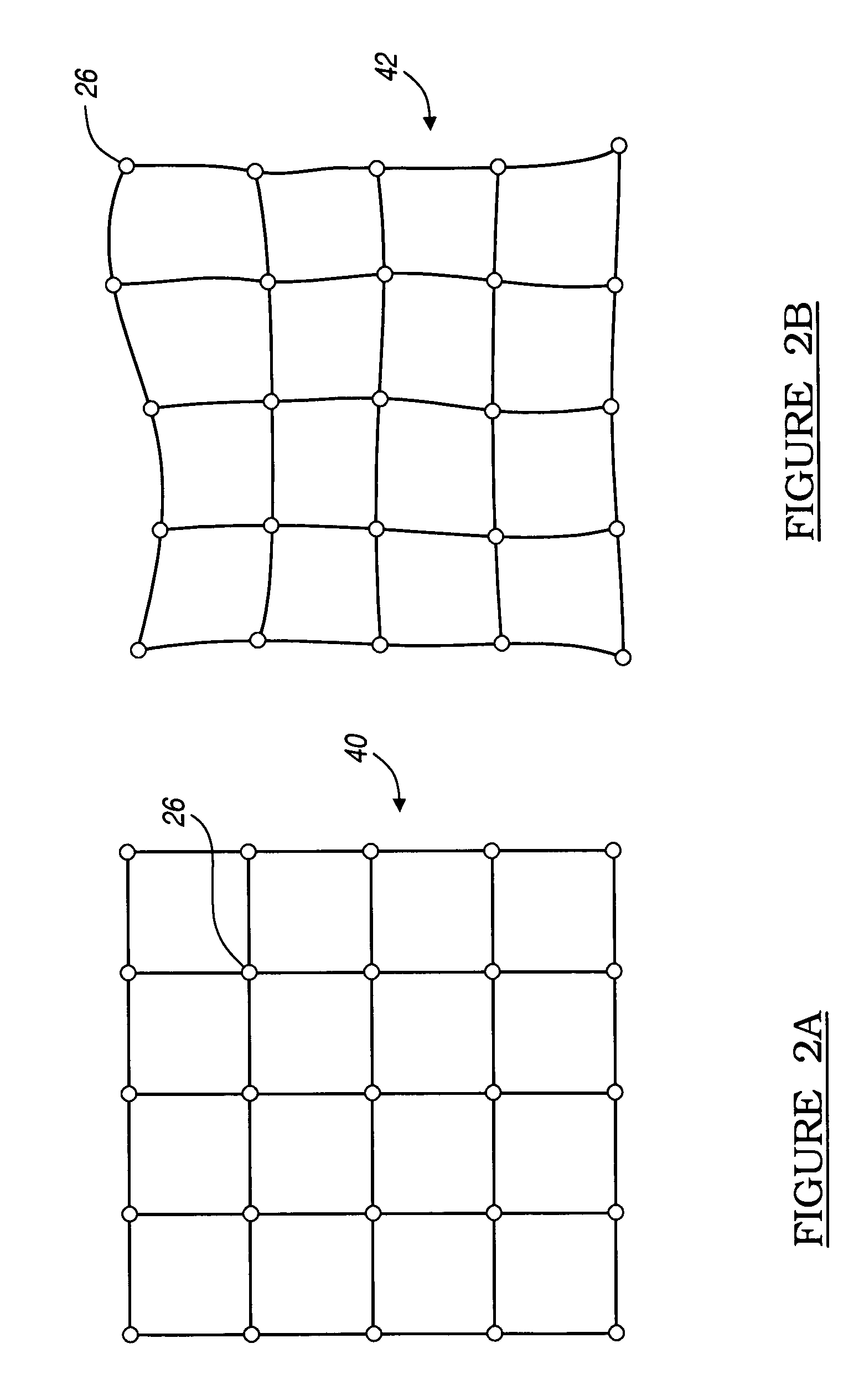Navigation system for cardiac therapies
a navigation system and cardiac therapy technology, applied in the field of image guided surgery, can solve the problems of not optimizing the pacing lead procedures currently performed today for use in heart failure treatment, not facilitating the actual guiding of the medical device to a targeted tissue area for medical treatment, and not optimizing the placement, so as to reduce the exposure to fluoroscopy, improve the outcome, and identify precisely
- Summary
- Abstract
- Description
- Claims
- Application Information
AI Technical Summary
Benefits of technology
Problems solved by technology
Method used
Image
Examples
Embodiment Construction
[0055]The following description of the preferred embodiment(s) is merely exemplary in nature and is in no way intended to limit the invention, its application, or uses. As indicated above, the present invention is directed at providing improved, non-line-of-site image-guided navigation of an instrument, such as a catheter, balloon catheter, implant, lead, stent, needle, guide wire, insert and / or capsule, that may be used for physiological monitoring, delivering a medical therapy, or guiding the delivery of a medical device in an internal body space, such as the heart or any other region of the body.
[0056]FIG. 1 is a diagram illustrating an overview of an image-guided catheter navigation system 10 for use in non-line-of-site navigating of a catheter during cardiac therapy or any other soft tissue therapy. It should further be noted that the navigation system 10 may be used to navigate any other type of instrument or delivery system, including guide wires, needles, drug delivery syste...
PUM
 Login to View More
Login to View More Abstract
Description
Claims
Application Information
 Login to View More
Login to View More - R&D
- Intellectual Property
- Life Sciences
- Materials
- Tech Scout
- Unparalleled Data Quality
- Higher Quality Content
- 60% Fewer Hallucinations
Browse by: Latest US Patents, China's latest patents, Technical Efficacy Thesaurus, Application Domain, Technology Topic, Popular Technical Reports.
© 2025 PatSnap. All rights reserved.Legal|Privacy policy|Modern Slavery Act Transparency Statement|Sitemap|About US| Contact US: help@patsnap.com



